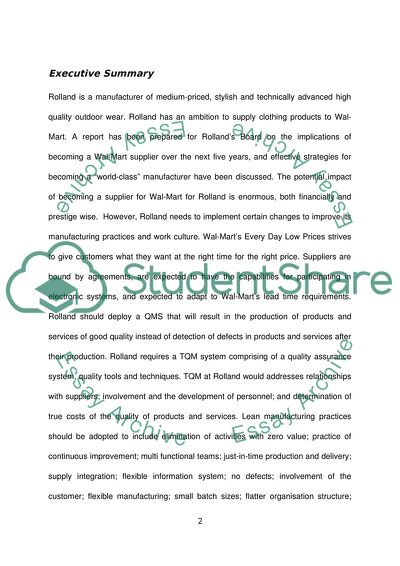Cite this document
(Rolland's Manufacturing Company-The Potential Impact of Securing a Research Paper, n.d.)
Rolland's Manufacturing Company-The Potential Impact of Securing a Research Paper. Retrieved from https://studentshare.org/marketing/1724205-rollands-manufacturing-company-the-potential-impact-of-securing-a-supplier-contract
Rolland's Manufacturing Company-The Potential Impact of Securing a Research Paper. Retrieved from https://studentshare.org/marketing/1724205-rollands-manufacturing-company-the-potential-impact-of-securing-a-supplier-contract
(Rolland'S Manufacturing Company-The Potential Impact of Securing a Research Paper)
Rolland'S Manufacturing Company-The Potential Impact of Securing a Research Paper. https://studentshare.org/marketing/1724205-rollands-manufacturing-company-the-potential-impact-of-securing-a-supplier-contract.
Rolland'S Manufacturing Company-The Potential Impact of Securing a Research Paper. https://studentshare.org/marketing/1724205-rollands-manufacturing-company-the-potential-impact-of-securing-a-supplier-contract.
“Rolland'S Manufacturing Company-The Potential Impact of Securing a Research Paper”, n.d. https://studentshare.org/marketing/1724205-rollands-manufacturing-company-the-potential-impact-of-securing-a-supplier-contract.


